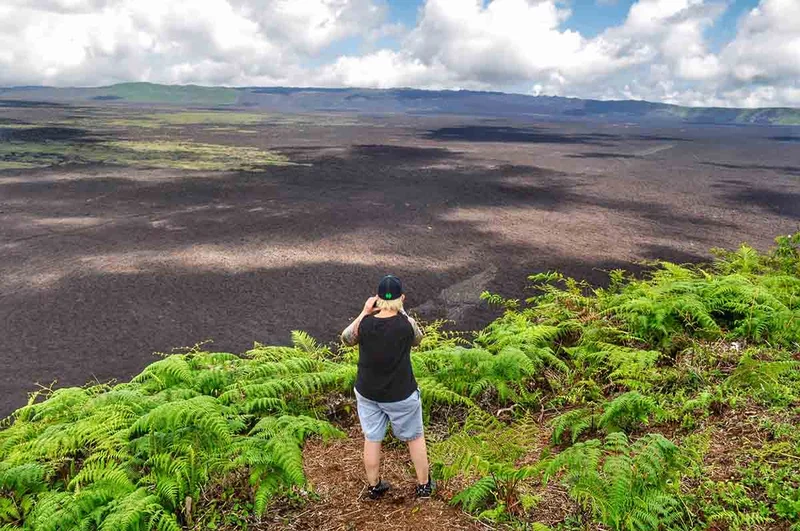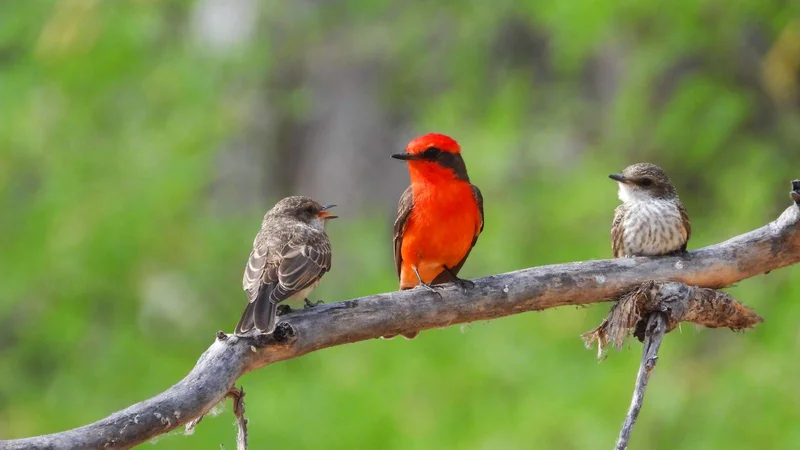
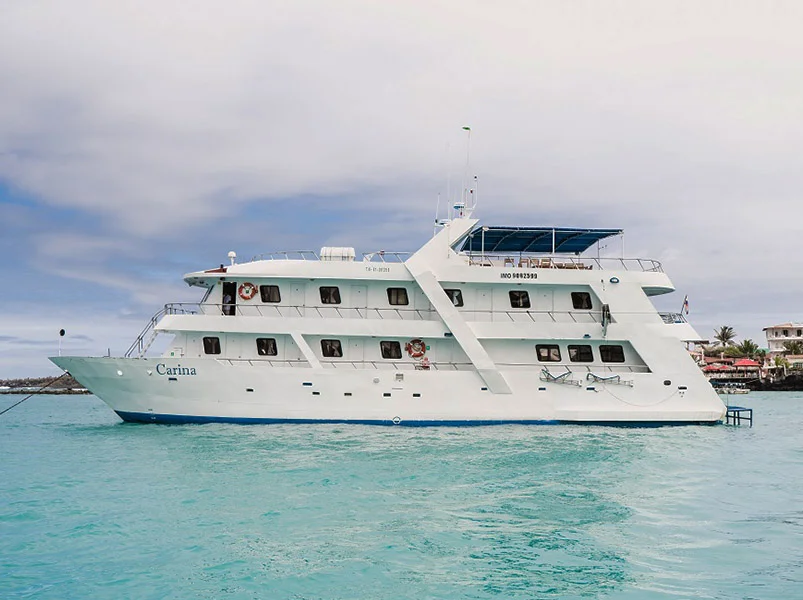
Discover the Galapagos in this immersive 8-day itinerary. Visit iconic sites like Kicker Rock, Black Turtle Cove, and Daphne Major. Encounter rare wildlife, from sea turtles and flamingos to blue-footed boobies and Galápagos penguins. Explore pristine beaches, volcanic landscapes, and lush wetlands. Snorkeling, hiking, and scenic panga rides await in this unforgettable adventure.
8 Day Galapagos Itinerary
Day 1: San Cristóbal Island: Kicker Rock
San Cristóbal Island Airport
The only commercial jet airliner airport we know that is located walking distance from town.
San Cristóbal Island, Leon Dormido
Rising several hundred feet above the water, this majestic volcanic monolith is one of the most photographed sites in the islands. Keep an eye on the cliffs for blue-footed and Nazca boobies and frigatebirds. While there are no landing sites, Kicker Rock provides excellent snorkeling opportunities. You may see Galápagos and hammerhead sharks, spotted eagle rays, turtles and tropical fish.
Day 2: Santa Cruz Island & North Seymour Island
Santa Cruz Island, Black Turtle Cove
The cove is located on the north coast of the island and is only accessible by boat. A quiet boat ride through the mangroves may reveal lava herons, sea turtles, spotted rays, and a variety of shark species, including black and white tipped reef sharks and Galapagos sharks.
North Seymour Island
From the small dock, the trail leads along the coast — past an area where marine iguanas nest — and then loops into the palo santo forest by the nests of frigatebirds and boobies. The frigatebirds rely on the fishing success of the blue-footed boobies for their survival, stealing their catches.
Day 3: Santa Cruz Island: Bachas Beach & Cerro Dragon
Santa Cruz Island, Bachas Beach
The name originates from the end of WWII when the American army abandoned their barges, of which two floated up onshore. The beach is a good place to spot some of the characteristic Galapagos species such as flamingos, sally lightfoot crabs, marine iguanas as well as migratory and aquatic birds. It is also one of the main nesting sites for sea turtles on Santa Cruz Island.
Santa Cruz Island, Cerro Dragon
The 3km/2mile trail leads through dry-zone vegetation to a small hill where the land iguanas thrive. The area is home to Galapagos mockingbirds, Darwin´s finches, varieties of the endemic Opuntia and candelabra cactus, and Galapagos cotton. Green turtles, sharks, and rays may be spotted on the panga ride, while black-necked stilts, white cheeked pintails, and migratory shorebirds are often seen.
Day 4: Rábida Island & Santiago Island
Rábida Island
On its red sands, spot marine iguanas and a noisy colony of sea lions. Brown pelicans make homes by the beach in saltbushes. Behind the beach is a lagoon where wading birds and white-cheeked pintail ducks feed, while blue-footed and nazca boobies linger in the cliffs.
Santiago Island, Puerto Egas
This is the jumping off point for two trails. The first leads to fur seal grottos – a stretch of rocky coastline that offers them shade and protection. The second trail leads to the Salt Mine Volcano, a small crater that features a seasonally flooded lagoon, where flamingos and Galapagos hawks can sometimes be spotted.
Day 5: Isabela Island: Tintorera & Wetlands
Isabela Island, Tintorera
This is a group of small islets just a few hundred metres off the coast of Villamil that are only accessible by boat. You may spot sea lions, sea turtles, marine iguanas, rays, and other species in the tranquil waters of the bay. A famous shark viewing lagoon is usually on the agenda at low tide. You may be offered to go snorkeling.
Isabela Island, Wetlands
Located just outside of Villamil, the Wetlands consist of lagoons, swamps, and mangroves and are home to a variety of unique bird species such as common stilts, whimbrels, white-cheeked pintails, and gallinules. The Wetlands can be visited on foot via a path that winds through the swamps, sometimes using elevated boardwalks.
Day 6: Isabela Island: Elizabeth Bay & Tagus Cove
Isabela Island, Elizabeth Bay
A panga ride site. A tour around the vary quiet mangrove inlets and adjacent lagoons may reveal Galápagos green turtles, golden cownose rays, spotted eagle rays, and white-tip reef sharks. Galápagos penguins prefer the rocky islets, and marine iguanas enjoy the plentiful algae. Other species seen here include flightless cormorants, pelicans and lava herons.
Isabela Island, Tagus Cove
A deep water cove frequented by whales and pirates as attested by old graffiti on shoreline cliffs. A short steep hike leads to the salt water Darwin Lake, lying within a tuff cone. With nice vistas, you can spot a variety of finch species, hawks, yellow warblers, Galapagos flycatchers. A panga ride along the cliffs may reveal flightless cormorants, Galápagos penguins, and Galápagos sea lions.
Day 7: Santiago Island: Puerto Egas & Espumilla Beach
Santiago Island, Puerto Egas
This is the jumping off point for two trails. The first leads to fur seal grottos – a stretch of rocky coastline that offers them shade and protection. The second trail leads to the Salt Mine Volcano, a small crater that features a seasonally flooded lagoon, where flamingos and Galapagos hawks can sometimes be spotted.
Santiago Island, Espumilla Beach
This beach is fringed by beautiful palo santo forest and is a sea turtle nesting site. It is a good place to see marine iguanas and colorful Sally Lightfoot crabs and it is an excellent place to snorkel and see octopi, moray eels, and sharks. Take a loop trail inland to a seasonal lagoon where flamingos are sometimes spotted.
Day 8: Daphne Major circumnavigation & Baltra Island Airport
Daphne Major circumnavigation
Daphne Major is a volcanic island just north of Santa Cruz island and just west of the Baltra Airport. Very difficuilt to access, this is where Peter and Rosemary Grant, over several decades of reasearch, observed natural selection in action. See the book "Beak of the Finch" for the fascinating story. The island consists of a tuff, devoid of trees, whose rim rises 120 m (394 ft) above the sea.
Baltra Island Airport
The first airport here was built by Americans during the 2nd World War - remnants of that military base can be easily observed. The latest airport here touts itself as the world’s first “green” airport. It opened in December 2012. The terminal consists of recycled steel tubes taken from oil drilling operations in the Amazon. It spreads over 6,000 square meters and required an investment of just over $24 million. The new complex uses clean, renewable technologies such as solar energy, wind farms, and seawater desalination, among other environmental innovations. It is kept cool(ish) simply by design - no air conditioning is required.
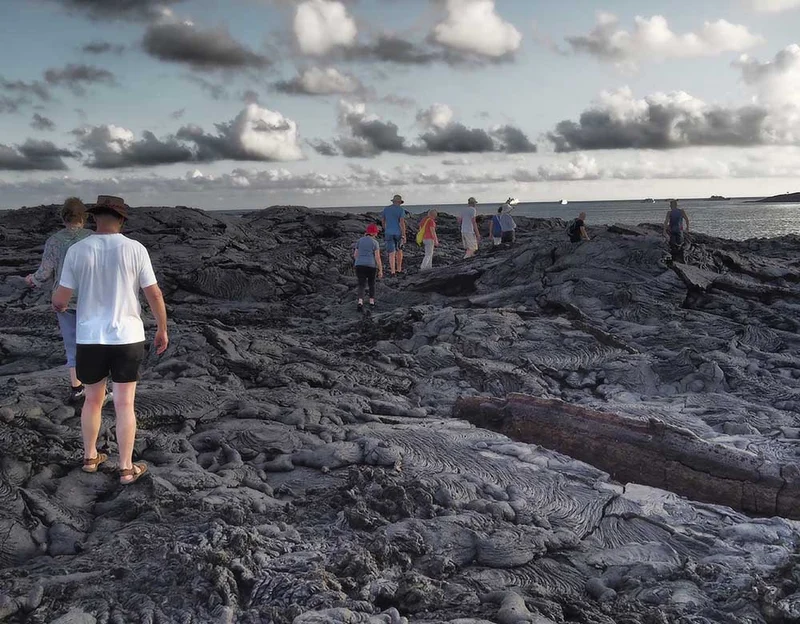
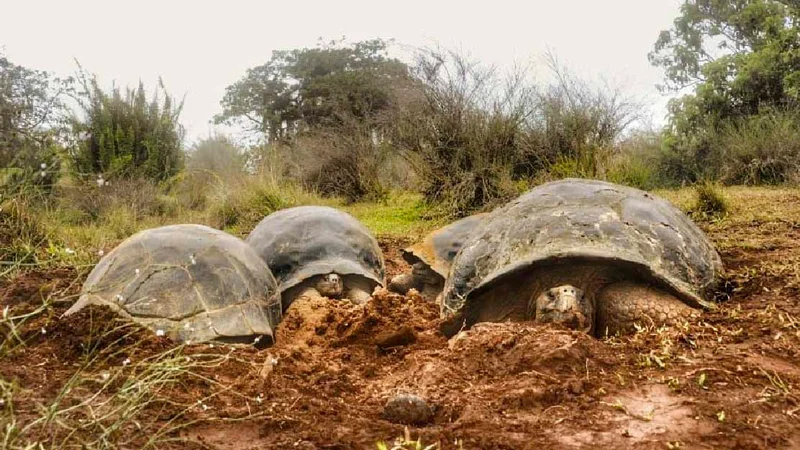
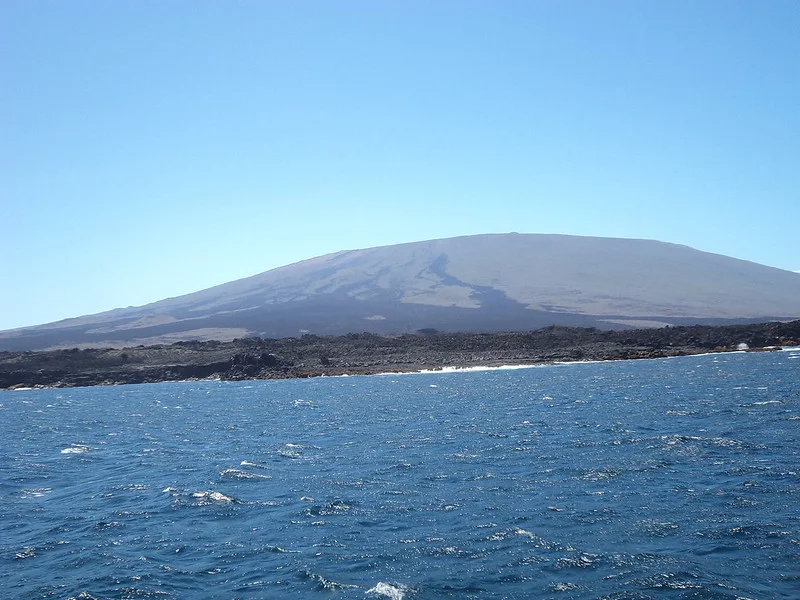
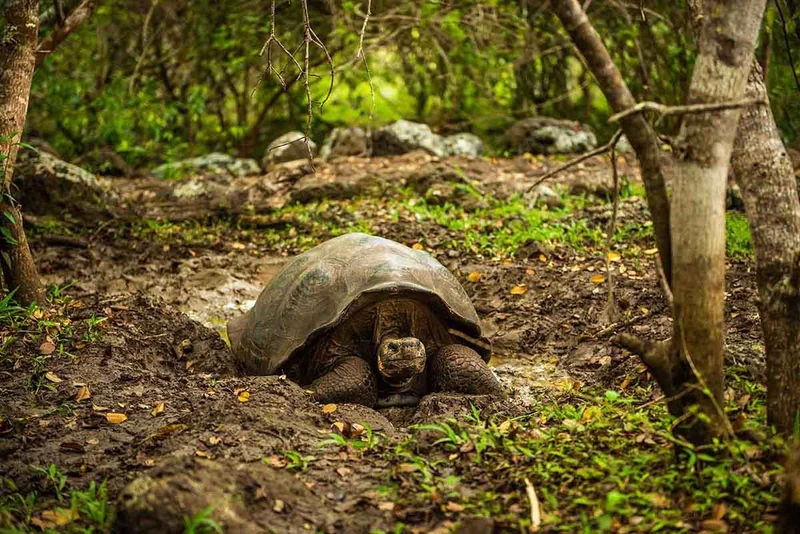
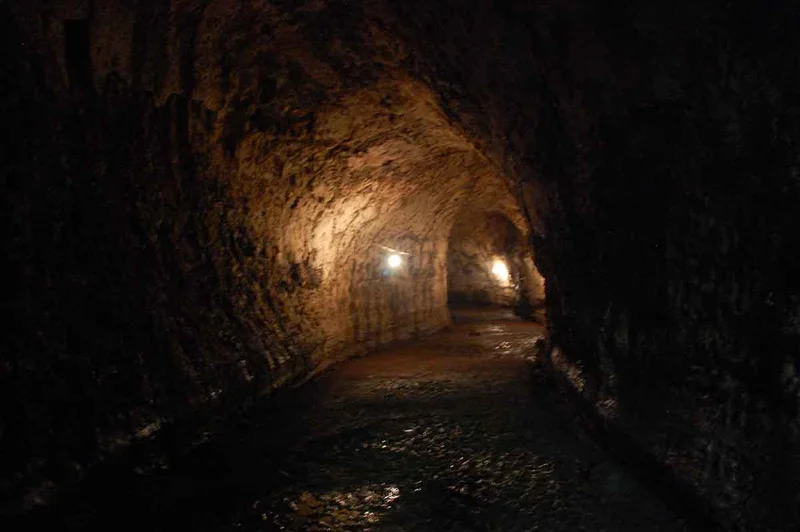
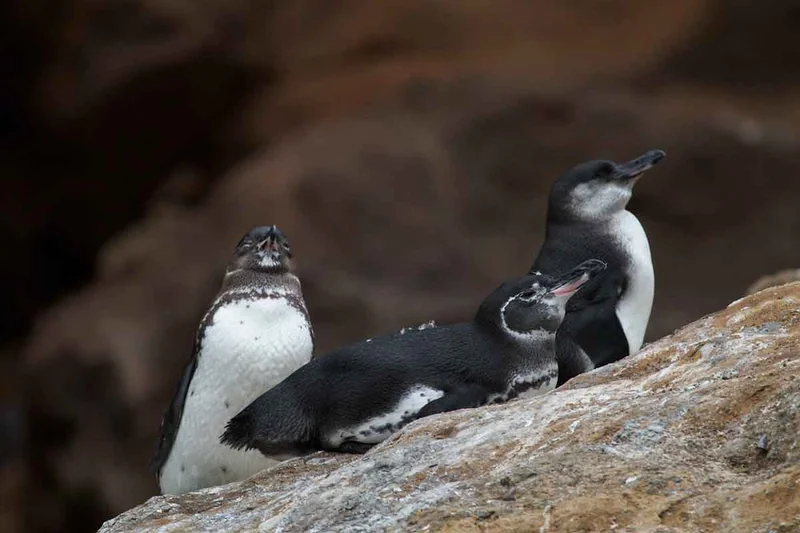
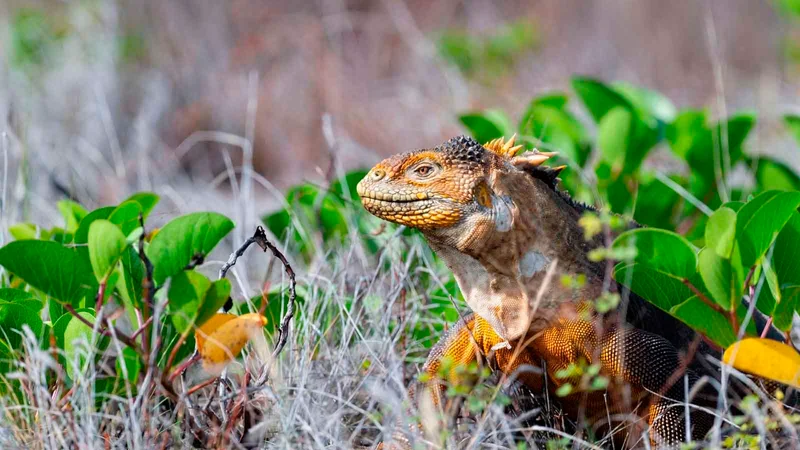
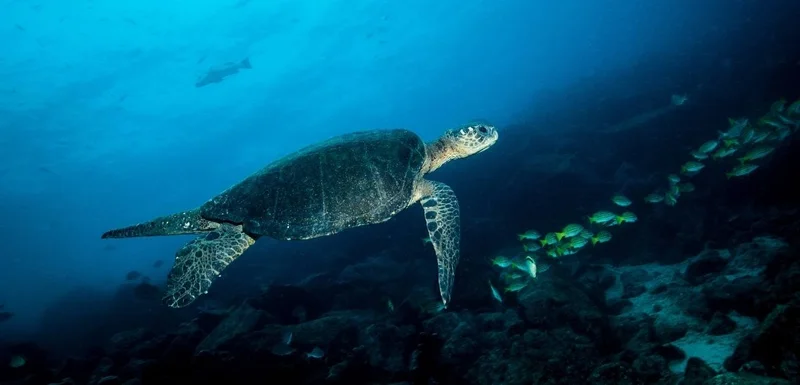
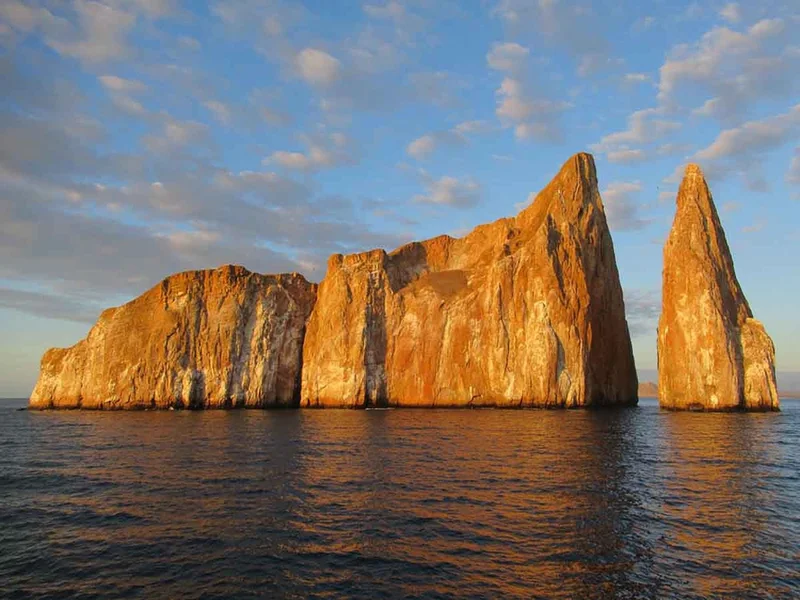
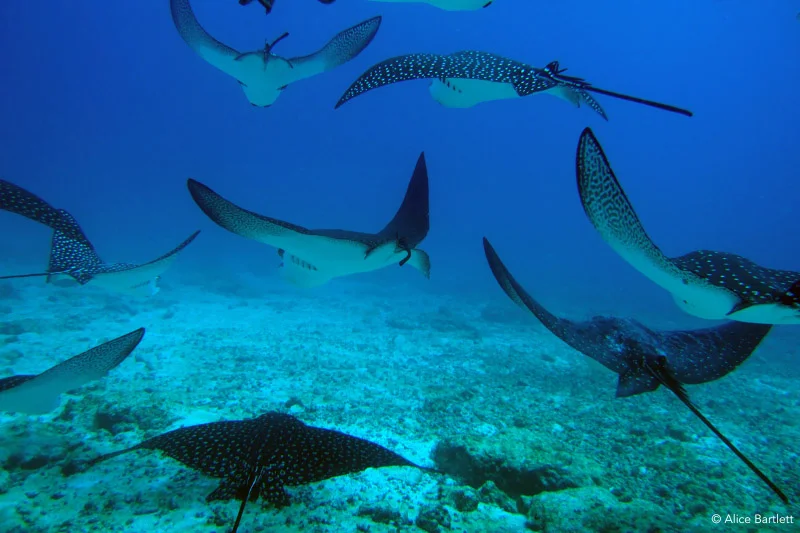
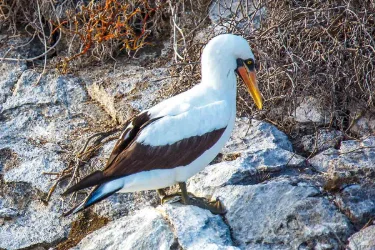
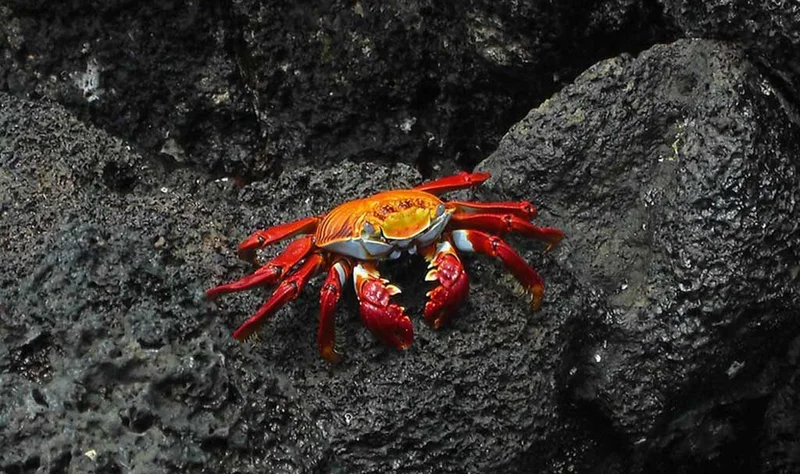
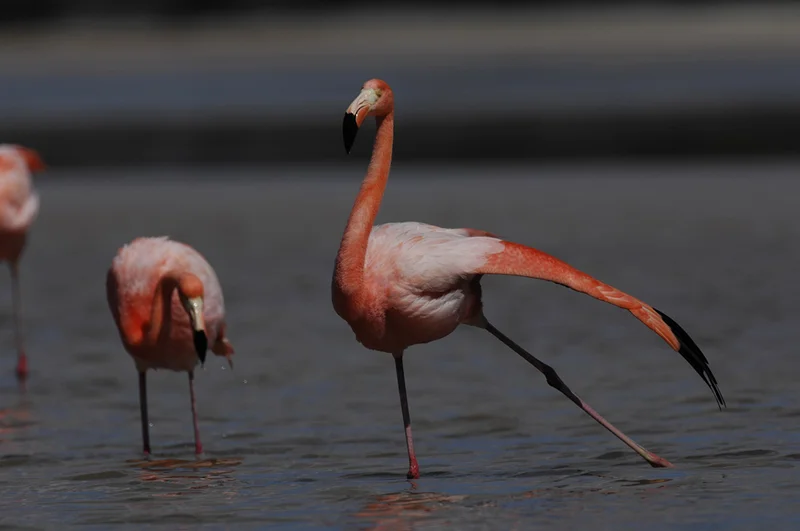
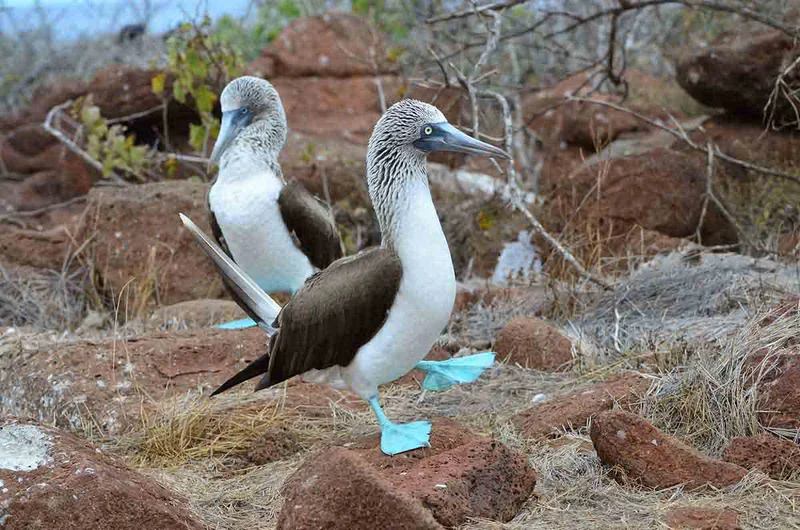
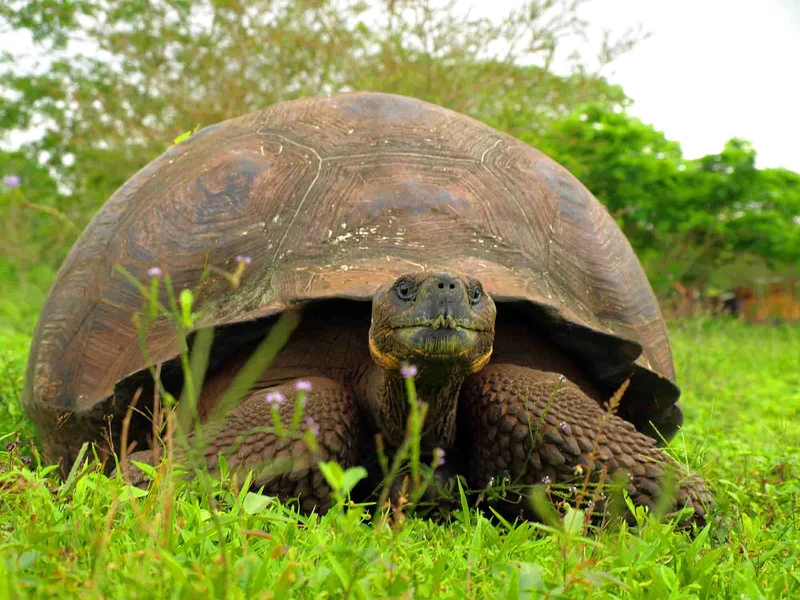
8 Day Galapagos Itinerary Includes
- Full meals on board (breakfast, lunch & dinner)
- Welcome/farewell cocktails
- 24-Hour coffee, tea, & water station
- Galapagos Naturalist guides
- Transfer from/to Baltra Airport
8 Day Galapagos Itinerary Does not Include
- Galapagos National Park entrance fee, $300
- Migration control card, $20
- Airfare from/to Galapagos
- Snorkel equipment (additional charge)
- Alcoholic drinks
- Medical insurance
8 Day Galapagos Itinerary Highlights
- Galapagos penguin
- Flightless cormorant
- Nazca booby
- Sea turtles
- Galapagos hawk
Itinerary Map
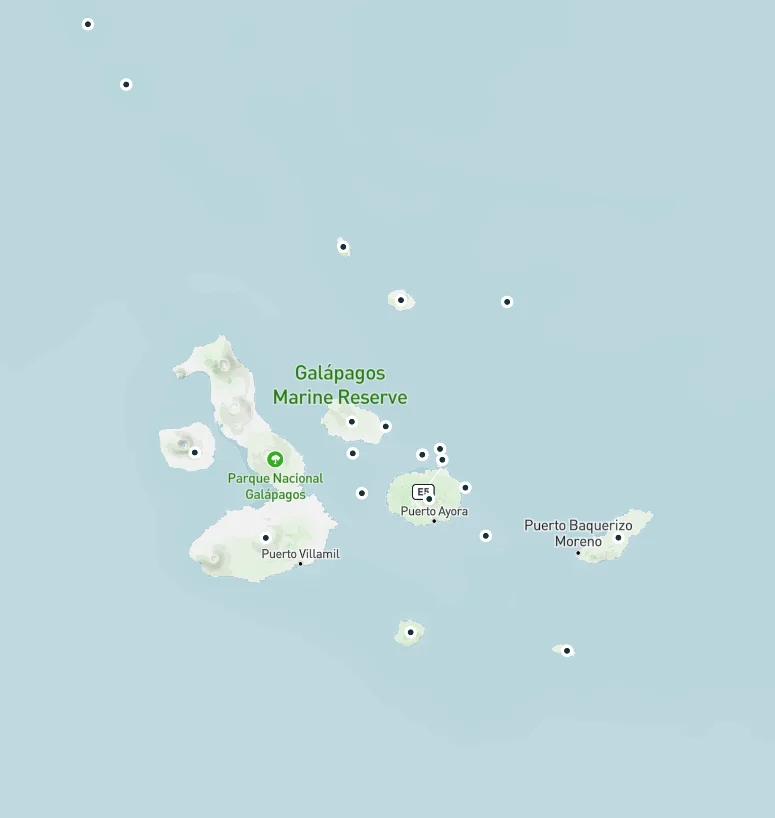
Animals you might see on this itinerary:
More information about the Galapagos Islands you visit in this 8 day itinerary:
Why travel with us?
Similar Itineraries


